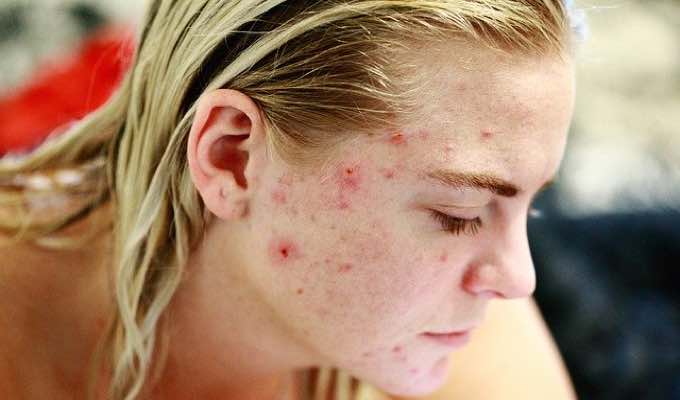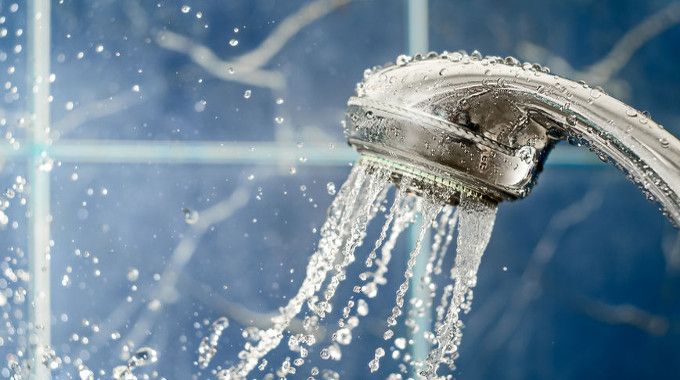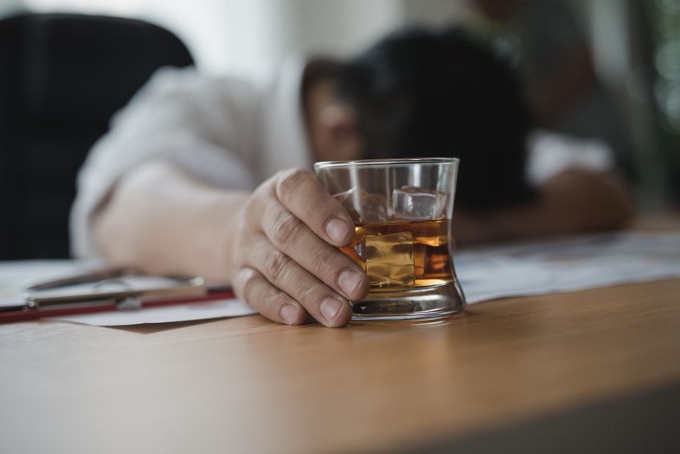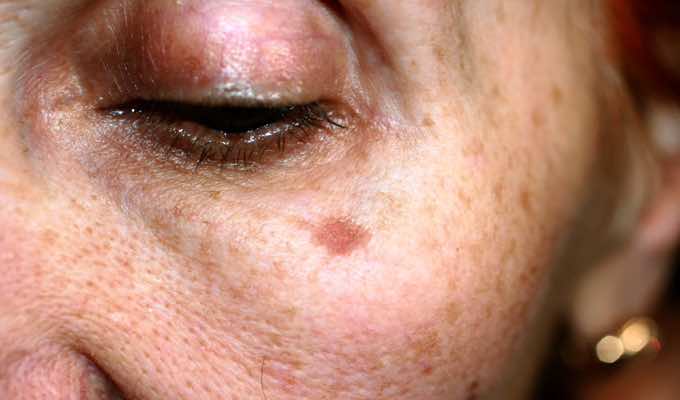Using Everything You Have To Look After Your Skin
When it comes to health and beauty, your skin is possibly the single most important part of the whole mix. This part of your body is always on display and is impossible to keep hidden away, making a lot of people feel very protective towards it. Of course, though, makeup and health treatments alone won’t keep your skin looking as fresh as possible. Instead, you need to look for the external elements which are putting it under threat. To help you out with this, this post will be exploring some of the little-known skin risks, giving you the chance to get started on making your skin’s youth last as long as possible.

Image Source: Unsplash / Sarah Comeau
Sunlight
Most people are aware that too much exposure to sunlight can result in a burn-like rash, with extreme cases even going as far as causing cancer. Along with this, though, a lot of people don’t realize that the sun can also cause things like wrinkles. With the collagen in your skin is broken down, it won’t be able to maintain its elasticity, and this will make it hard for lines not to show. This can often be solved with supplements, and there are loads available on the market to choose from; you just need to read a review or two before you start using something all the time.
Too much exposure to sunlight isn’t the only way this element can impact the way you look, though. If you spend too much time indoors and out of the sun, you will notice your skin quickly starting to get pale. While you may be completely healthy, having pale skin will usually make you look a little bit poorly, and this is something that most people will want to avoid. To help out with this, there are loads of products on the market that can give your skin a little more color. Ranging from subtle moisturizers to potent makeup, it’s nice and easy to solve this issue once you are aware of it.
Emotions
When you see someone in the later years of their life, you will often be able to tell whether or not they’ve spent more of their life frowning or smiling. Of course, in reality, the lines which appear on your face are usually caused by a range of emotions, but this only gives you more to fight if you want to maintain your youth. Most people will have their own approach to beauty and aging, and a scientific one is definitely not going to do you any harm.
Wrinkles aren’t the only thing that will appear on your skin when you let emotions take hold, though. Stress is a great example of this, often causing bags to appear around people’s eyes, and bringing with it a range of other appearance-altering side effects. The way that you combat stress will often be down to the issue which is causing it. In most cases, this will simply mean doing the job you’ve been putting off and removing it entirely. For more complex situations, though, it will be a good idea to try and take an outside perspective, reminding yourself that things really aren’t too bad.
Food & Water
The food you eat on a daily basis will always have a dramatic impact on the way that you look. Aside from dictating your size, this lifestyle choice will also change the appearance of your skin, with a good diet being the best way to achieve a youthful and fresh look. Eating a poor diet can come with a range of different issues, though. For example, outbreaks of spots can often be connected to bad eating. To improve this part of your body, it will be worth spending some time working on your diet. There are loads of websites out there which can help you with this, giving you the chance to get all of the help you could possibly need.
While the food you eat is important, consuming plenty of water will be even more crucial to the health and appearance of your skin. When people don’t drink enough, they will often lose the color from the skin and may even find even more breakouts showing up, making it worth keeping this area in mind. One of the best ways to force yourself to drink enough is by simply carrying a bottle around with you. By having a drink at hand all the time, it won’t ever be a matter of convenience, taking away the issues which have stopped you from hydrating yourself properly in the past.
Humidity
When most people think about something like humidity, their skin won’t be the area which they are concerned about the most. With very dry or moist air surrounding you all the time, though, you will quickly notice a change in it. In dry conditions, most people will find their skin becoming flakier as it struggles to hold its moisture in. When the air is moist, though, it will be hard to avoid getting sweaty and damp as you get through the day. Neither of these conditions is hugely attractive, but they can easily be solved with the help of some moisturiser and some antiperspirant.
Pollution
As time goes on, more and more of the world’s cities are becoming laden with air pollution. Largely consisting of gasses and small particles, most people are only concerned about breathing this sort of waste in, even though it also poses a threat to their skin. Not only will the larger particles in this mix make you dirty, but they will also clog pores and make your skin look bumpy. Thankfully, though, this is far easier to solve than breathing issues, with a simple facial peel often being enough to clean away all of the nasty stuff. It’s always worth keeping an eye on this, even if you live somewhere with reasonably clear air.
Sleep
If you’ve spent much time reading health posts in the past, you will probably be well aware of the importance of sleep when it comes to your health. Getting enough rest doesn’t only change the way you feel, though, as it will also impact your appearance, with the outcome of not getting enough sleep being very similar to the symptoms caused by stress. Along with this, if you have any injuries and sore spots, it will be especially hard for your body to heal them quickly if you’re not getting enough sleep. There are rarely any reasons which are good enough to miss out on at least seven hours each night.
Makeup & Treatments
Not a lot of people realize that the makeup they use to hide the imperfections on their skin will also be contributing towards them. These chemicals are often only tested for safety, rather than being put through courses that will assess their long-term impact on someone’s appearance. Of course, though, some people are far more likely to have issues with this. Cheap makeup will often cause outbreaks of spots and discoloration of your skin. This makes it worth looking for brands that have invested the time and effort into making sure that their products won’t ruin your skin after a few months of use.
Some people like to take their beauty quite a lot further than simply applying makeup each day, and this will often mean going for special treatments which will rely on chemicals to change your skin. While the odds of something like this going completely wrong are fairly low, people often don’t get the results they expect from things like plastic surgery. This often makes them worth simply avoiding, as the chances that permanent damage will be caused are simply too high to risk. Of course, though, you could always look for some ways to get more creative with your makeup options.
Even though there are a lot of threats out there when it comes to the appearance of your skin, it’s important to make sure that you don’t let this take over your life. Spending time outside isn’t going to make you ugly, and being happy isn’t going to fill your face with wrinkles. In fact, in reality, the more you spend doing the things you love, the more beautiful you will look. If you need any further help with this, there are loads of blogs around the web which have sections devoted to skincare. If you’d like to get some professional help, though, you will need to look for a company offering skin consultations.
With all of this in mind, you should be feeling ready to start protecting your skin from the world around it. This is one of the most important parts of your body, and is an area which everyone you meet will see, making caring for it a priority for a lot of people. As time goes on, this will only get easier and easier.















